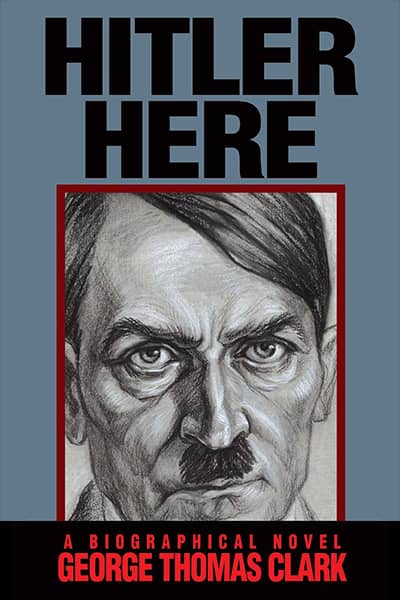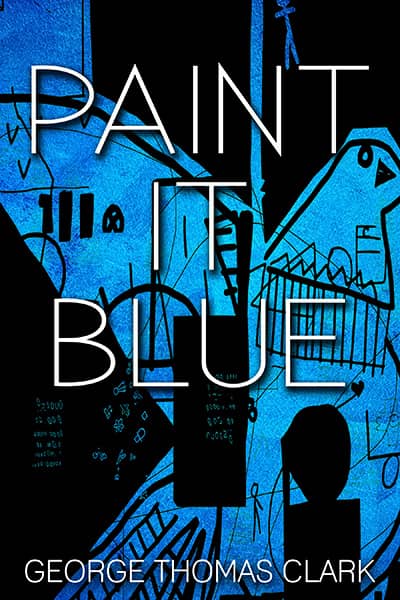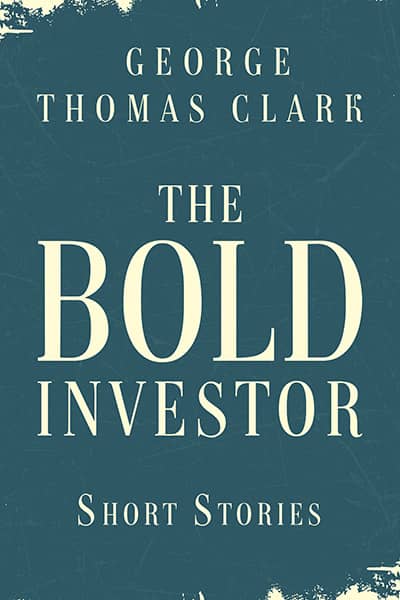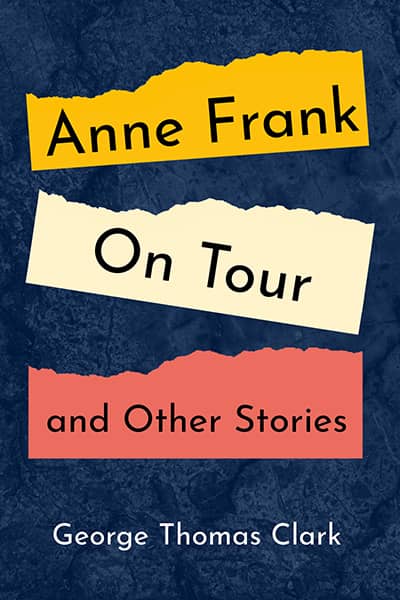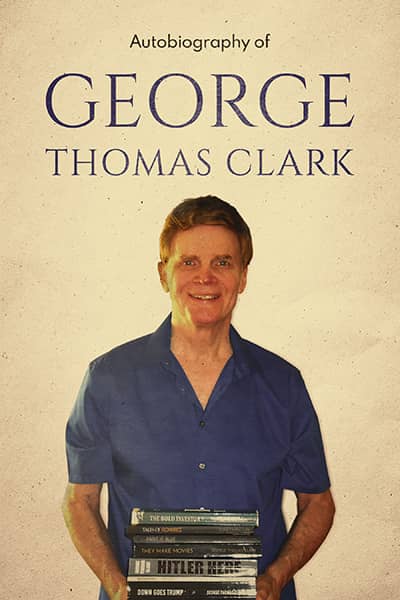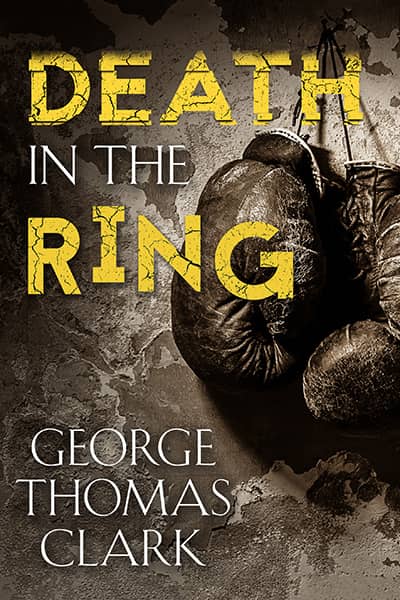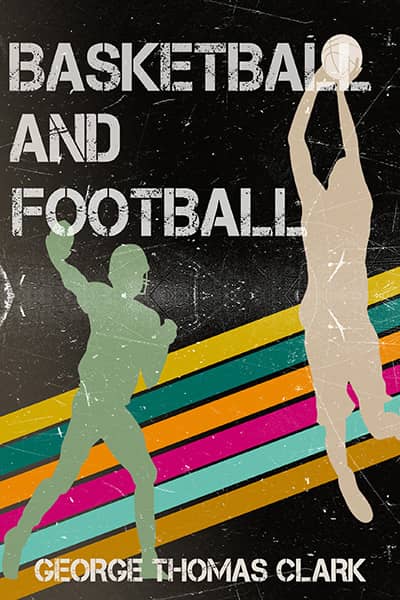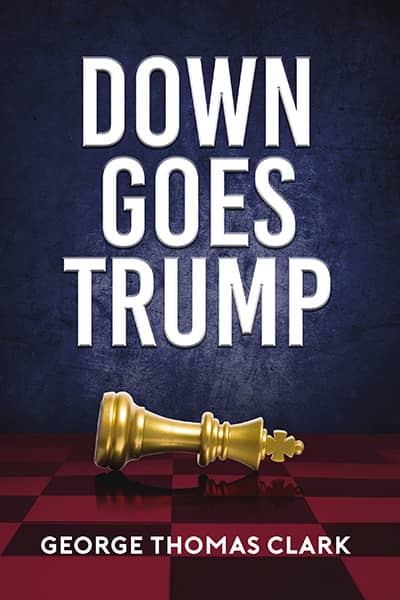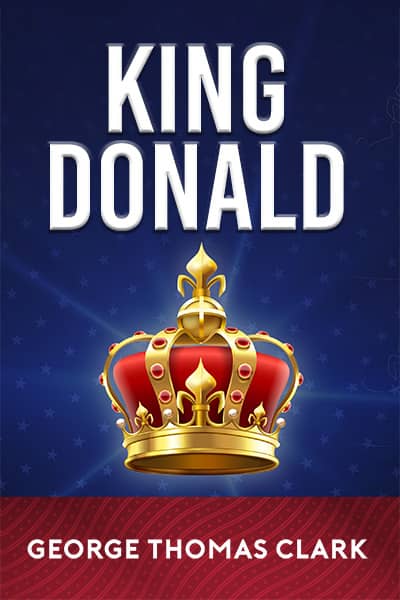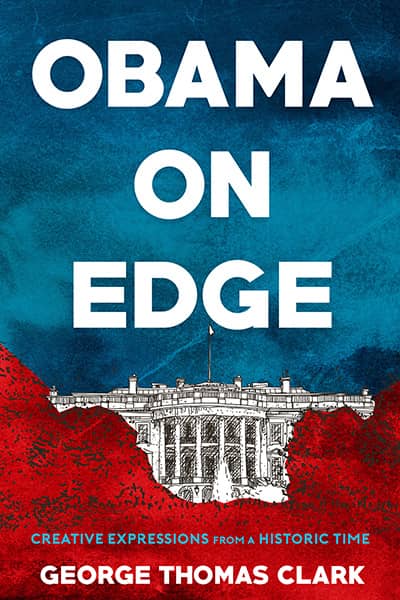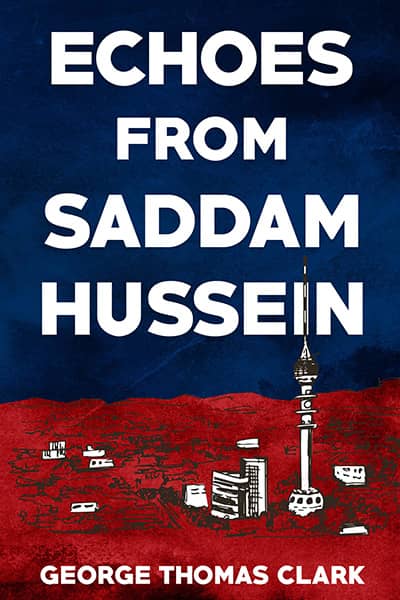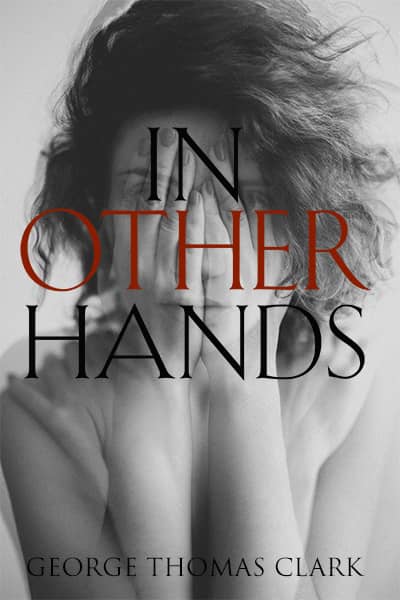Eddie Hart’s Quest to be the Fastest
August 10, 2007
Since his youth in the schoolyard, where he always outran other kids to the finish line, Eddie Hart dreamed of someday becoming the Fastest Man in the World. It is one of the most respected titles in sports – requiring a raw display of unequivocal athleticism – and rivals the significance (though not the celebrity) of being Heavyweight Champion or the all-time Home Run King. His informal victories against classmates not withstanding, Hart appeared to have scant opportunity to compete with the best sprinters. As a senior at Pittsburg High School in 1967, the skinny 150-pounder failed not merely to win the 100-yard dash in the California high school championships, he didn’t make the finals.
No university offered a track scholarship, and Hart toiled two years in junior college, adding ten pounds of power to his frame and enough speed to earn a full-ride to the University of California where the rapidly-developing young man captured the NCAA 100 title as a junior. Two years later, at the 1972 Olympic Trials, he tied the world record of 9.9 seconds in the 100-meter dash. He was going to Munich to face the top-ranked sprinter in the world, the Bionic Man, Valeri Borzov of the Soviet Union.
Borzov was both an enigma and a whirlwind of publicity. His coaches and their political authorities withheld him from many meets involving American sprinters, who represented the enemy in the worldwide ideological battle between capitalism and communism. After beating everyone in Russia, Borzov was let out of confinement to win the 100-meter dash at the 1969 European Championships and both sprint titles at the 1971 championships. When he defeated selected rivals from the United States, Soviet officials made him a symbol of the superior socialist state, and by late August 1972 rapid representatives of the superpowers were ready to clash.
At the Olympic Games in Munich there were four heats in the 100-meter competition, the first two in a single day. Eddie Hart easily qualified in his race about 10 a.m. Stan Wright, the U.S. sprint coach, carrying a schedule several months old, told Hart and teammates Rey Robinson and Robert Taylor their next heat would be in a few hours.
“We wanted to go back to the Olympic Village and relax,” said Hart during a recent lunch at McCovey’s restaurant in Walnut Creek, California. “Stan showed a German official his schedule and asked if it was correct, and the guy assured him it was. I was lying on my bed in the dormitory, looking at a newer schedule, when I noticed the discrepancy and told the other guys. Then, as we hurried to leave the village, I saw ‘my race’ on an ABC monitor. It was a nightmare.
“We rushed to the Olympic Stadium, and Rey Robinson had also missed his race. Robert Taylor’s heat was about to start and he had to jump out of his sweat suit, get in the blocks and go. For Rey and me, it was the end of a lifelong dream. The officials wouldn’t let us back in the competition.”
The only man in the world who could have competed with Valeri Borzov was Eddie Hart. Without his primary rival in the race, Borzov glided to victory, raising both arms at the tape. The Ukrainian later noted, “I gave 90 percent of what I had to give” and, by implication, could’ve used the rest to beat anyone else in the race. Robert Taylor won the silver medal.
Borzov used the 200-meter heats as warm-ups, virtually jogging down the stretch as he looked back at men he knew he’d beat in the finals while harvesting his second gold medal. Eddie Hart would have only one chance to run against his rival, on the anchor leg of the 400-meter relay.
“My goal had been to win the gold medal in the 100, not beat Valeri Borzov,” said Hart. “In the relay, Gerald Tinker ran one of the greatest third legs ever and gave me the baton with a four-meter lead. That meant the race was over. Borzov and I finished the same distance apart, but more than anything it was a moral victory for our sprinters, as well as our basketball team, which had twice fairly beaten the Russians in the gold medal game, and each time the officials put time back on the clock. It was a farce. Everyone on our basketball team refused to accept their silver medals, and it’s in their wills that none of their relatives will ever collect them, either.”
In the early 1970’s there were many whispers from the world of track and field that Valeri Borzov benefited from steroids and other chemical wizardry. What does Eddie Hart think?
“Borzov’s coach was Remi Korchemy,” he said.
Korchemy moved to the United States years ago, and several of his athletes here have been suspended for using steroids. He’s also been convicted in the BALCO steroids scandal and sentenced to probation. Was Korchemy channeling his athletes into similar performance enhancing drugs 35 years ago?
“I definitely think so,” said Hart. “But for me, there’s no sour grapes. I kept it in perspective. It was time to move on.”
Sporting controversies at the 1972 Olympics will forever be overwhelmed by images of two Israeli athletes murdered in their dormitory while they tried to help nine teammates kidnapped by the Black September group of Palestinian Arab militants. Within 24 hours, following a failed rescue attempt at an airbase by German authorities, the rest of the Israelis were shot then blown up by a grenade. Despite the tragedy a decision was announced: the Games would go on. A memorial ceremony was held. Sounds from Beethoven soared over 80,000 mourners in the stadium.
“We were all saddened by the tragedy,” said Hart. “But we were so focused on what we had to do as athletes that we learned a lot of the details only after we got home.”
Since track and field athletes of Hart’s generation could not make a living in professional track, he accepted a fifth-year scholarship as an assistant coach at Cal and in a few years became coach at Alameda City College and later also taught physical education and health at Laney and Merritt colleges. Now he invests most of his time in the Eddie Hart Foundation that offers a variety of youth programs in education, motivation, and behavioral modification as well as assistance in revitalizing his hometown of Pittsburg. One of his key projects is renovating the Pittsburg Creative Arts Building on the campus of his high school.
“This was once a state of the art facility,” Hart said. “James Brown and Stevie Wonder and many other great performers played there. But over the years things started to wear out, and the school started using it as a detention center. We’ve been working with other groups in town for two-and-a-half years to change that. We’ve already raised about $300,000 but still need a half million. We’ll get there.”
On this August afternoon at McCovey’s – a memorabilia-filled diamond named for San Francisco Giants slugger Willie McCovey, a hall of fame master of mammoth home runs – Eddie Hart and his son Eddie, Jr. were hosted by three executives from the National Electrical Contractors Association. The men from NECA stressed they represent both management and workers, and want to ally with Hart to form an electrical trade academy.
“I’m certainly interested,” he said. “Minority kids need to become more involved in the trades. That’s something they could use as a goal, even if they eventually have to go into something else. That’s what I teach the kids: when things don’t go your way, deal with it.”
